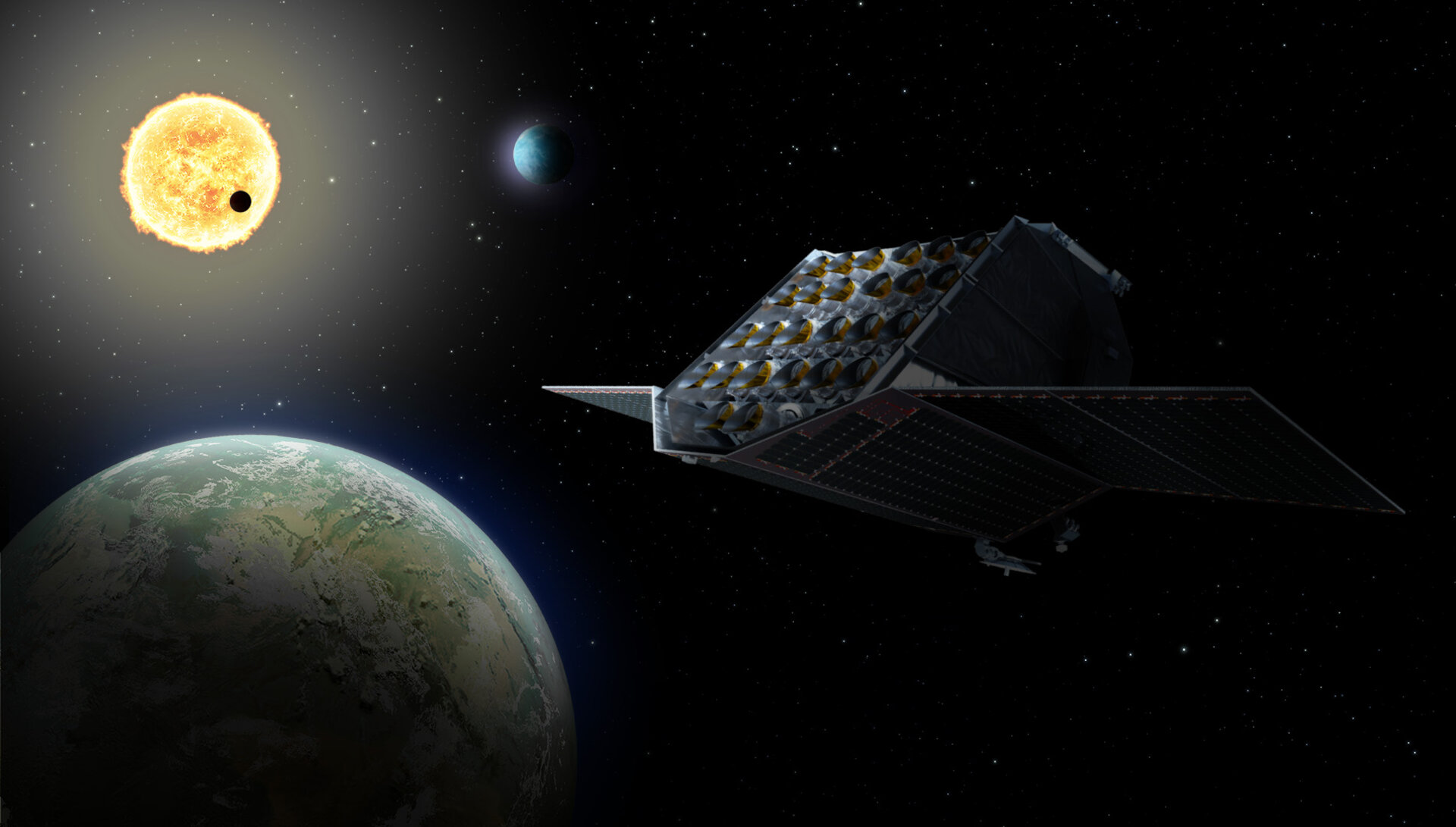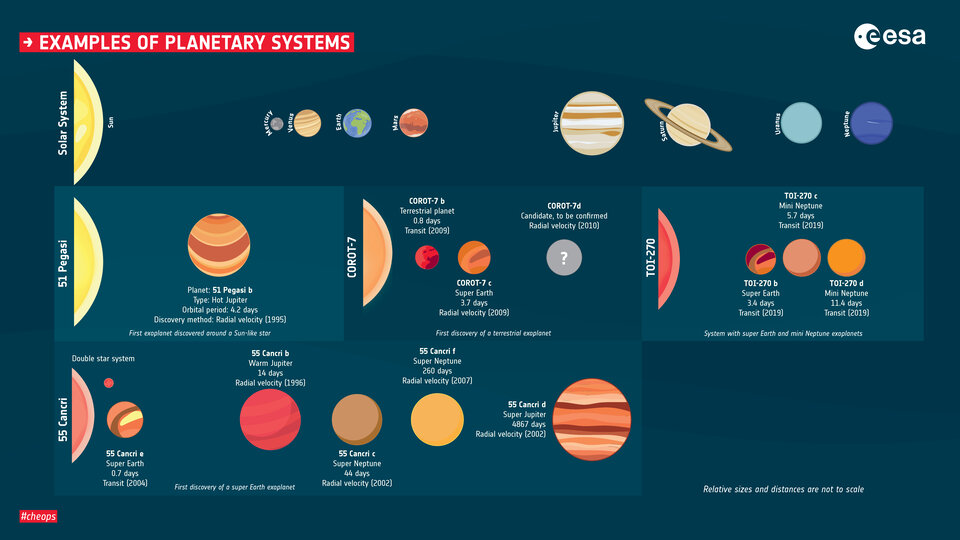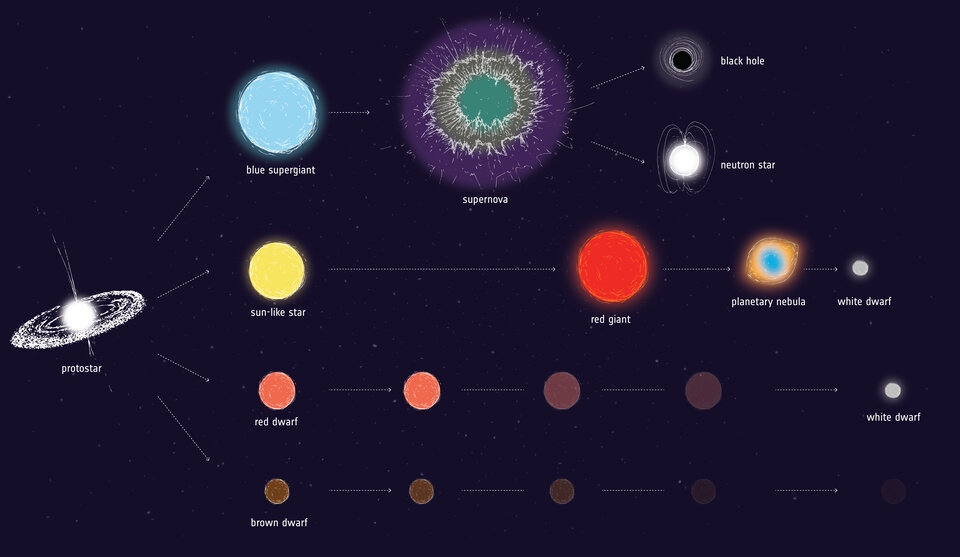Top five mysteries Plato will investigate
1. Does an Earth look-alike exist?
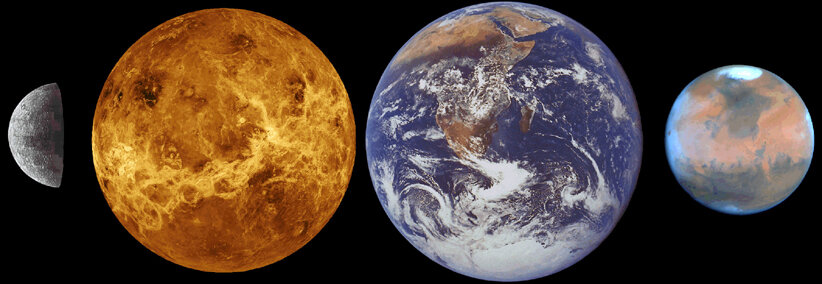
To answer the question ‘Are we alone in the Universe?’, we need to start somewhere. If the conditions on Earth were just right for life to thrive, then life may have also evolved on another planet that looks like our own. Plato will be the first mission that can detect and define possible Earth look-alikes in the Universe.
Ground-based observatories have spotted the first contenders. They have found that these exoplanets have masses similar to that of Earth but are in shorter period orbits (less than two months) or orbit stars cooler than the Sun. However, ground-based telescopes have not been able to define the planets’ sizes. To study Earth-like exoplanets in more detail, space telescopes look at planets when they pass in front of their star – during transit. Plato will do just that to reveal the candidates’ sizes.
Until now, planet-hunting space telescopes have not been able to spot Earth-like planets orbiting in the habitable zones of Sun-like stars. Some missions have not looked long enough at stars to detect planets on long orbits around them; an observer looking at our Sun would only see the Earth pass by every 365 days, for example, so if we want to find a similar planet around another star, we need some patience. Other missions stared long enough but they did not look at stars bright enough to know the planets’ mass. Plato will be the first to focus its search on bright Sun-like stars and stare at multiple stars simultaneously for two to four years.
When accompanied by radial velocity measurements from ground-based observatories, Plato's observations will help us determine the size, mass, density, and age of Earth-like planets. Their density is a crucial factor as it is the first way to distinguish between different kinds of planets: are they rocky, gaseous or ocean worlds?
Plato will be an important step forward to find our twin. However, it can’t provide a full picture of the planet. To this end, follow-up studies of its atmosphere are needed by other ground- and space-based telescopes.
2. How do planetary systems form and evolve?
Before the first exoplanets were discovered, astronomers only had the eight planets of our Solar System to study how planets form. During the past three decades of exoplanetary research new, exciting and even more exotic planets have been found. Astronomers have now constructed new theories on how planets form based on the over 5000 exoplanets found to date.
In the proposed formation theories, planets form in disks around young stars. When a star forms, a disk of material forms around it with a lot of gas available in the outer regions. Rocky planets form in the inner parts of such disks and gaseous giant planets form in the outskirts. However, many planets with masses greater than Jupiter have been discovered close to their stars. These so-called ‘hot Jupiters’ did not fit into formation theories and so astronomers later proposed that they may form further out and migrate inwards. To understand these dynamics, it is necessary to study the evolution of planetary systems over time.
Plato will shine a light on formation process by adding thousands of exoplanets to our statistics banks. It will look at planets never studied before, smaller ones around bright stars and orbiting with longer periods. Plato will also look at systems with several planets and discover if other planetary systems are comparable to the Solar system. Additionally, data from Plato can be used for a technique called asteroseismology. By looking at the oscillations of stars, it is possible to accurately determine their age. This makes it possible to study the evolution of planetary systems.
3. What are planets around other stars like?
Stars are born in contracting clouds of gas and dust. During the contraction, some of the material ends up in a disk around the protostar. It is in this disk that planets form. Stars can be large or small and thus their disks also vary in size. Astronomers expect that the properties of the disk are related to the properties of the planets that form inside it. However, the relationship between the two is not yet fully understood.
Plato will look at stars completely different from our Sun and observe their planetary systems. The telescope will study stars of different masses in different stages of evolution. Plato is capable of discovering if planets around other stars have moons or rings.
Plato will also study older Sun-like stars, as they grow into red giants. During a star’s expansion, planets close to them get absorbed into the outer layers. After this phase, the star shrinks to a much smaller size again, becoming a white dwarf. Plato will look at these systems to discover whether planets can survive the embrace of a stellar atmosphere.
A lot of stars are born with a friend by their side. Plato will also study planets that orbit two stars. Exoplanets have already been discovered in these kinds of systems, and any planetary formation theory that works for single stars should also work for binary systems.
4. What do the skies of exoplanets look like?
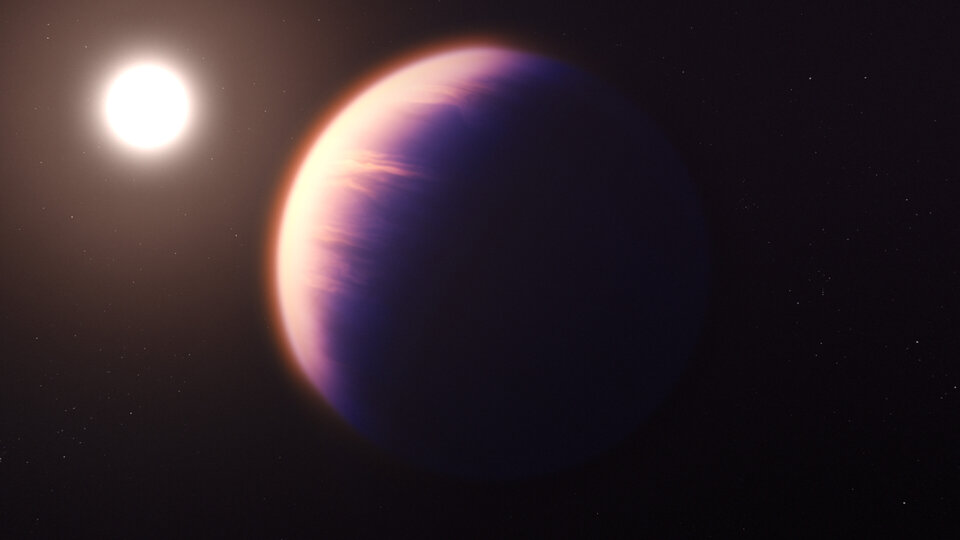
Just like many planets in our Solar System, exoplanets can have atmospheres. By studying how much light a planet reflects, Plato can provide a first hint at their nature. The fraction of starlight that is reflected from the face of a planet, for example, tells us whether clouds are present.
Plato is also equipped to find out which type of molecule is dominant in an exoplanetary atmosphere. It can do this for the brightest objects by studying the dimming of light during a transit – when a planet crosses its star’s face from our viewpoint – in two different colours of light. If the dimming is stronger in one colour, a dominant molecule absorbs more of that light, revealing its properties.
Plato can provide the first clues on exoplanet atmospheres, but it is not equipped to understand their complete composition. For such an analysis a space mission needs an instrument called a spectrometer. Other spacecraft such as the NASA/ESA/CSA James Webb Space Telescope and the future ESA Ariel mission are equipped with this type of instrument. They will revisit the exoplanets Plato marks as interesting for a follow-up atmospheric study.
5. What do the insides of stars look like and how do stars evolve?
Data from Plato is of such high quality that it can be used for a technique called asteroseismology. This is the study of the waves propagating through stars. All waves hold information on the medium they pass through, in this case the insides of stars. Similar to how geophysicists study the inside of Earth using seismic waves, astronomers use these stellar waves to learn about the properties of stars. With asteroseismology, we can reveal stellar masses, sizes and ages with a never-before-seen accuracy. Plato will provide measurements of thousands of stars. Knowing their properties is essential if we want to discover what exoplanets look like in detail.
Plato’s measurements will show how the mass and size of stars change as they age. Together with information on the internal structure of stars, this complete picture will reveal whether our current theories on stellar formation and evolution hold, or if there are processes we did not know of before. Additionally, processes inside stars are related to their rotation and whether they have magnetic fields. Improving our understanding of the internal layers is essential to learn about these relationships. Magnetic fields influence the stellar environment; the Sun’s magnetic field, for example, has a 22-year cycle which influences the amount of harmful radiation that enters our Solar System.


